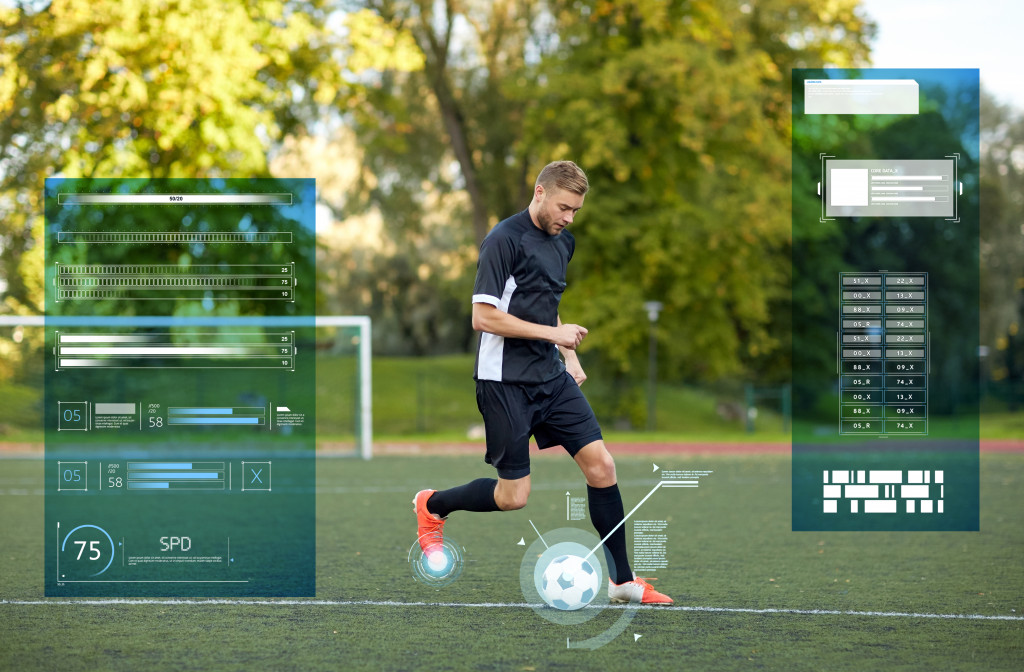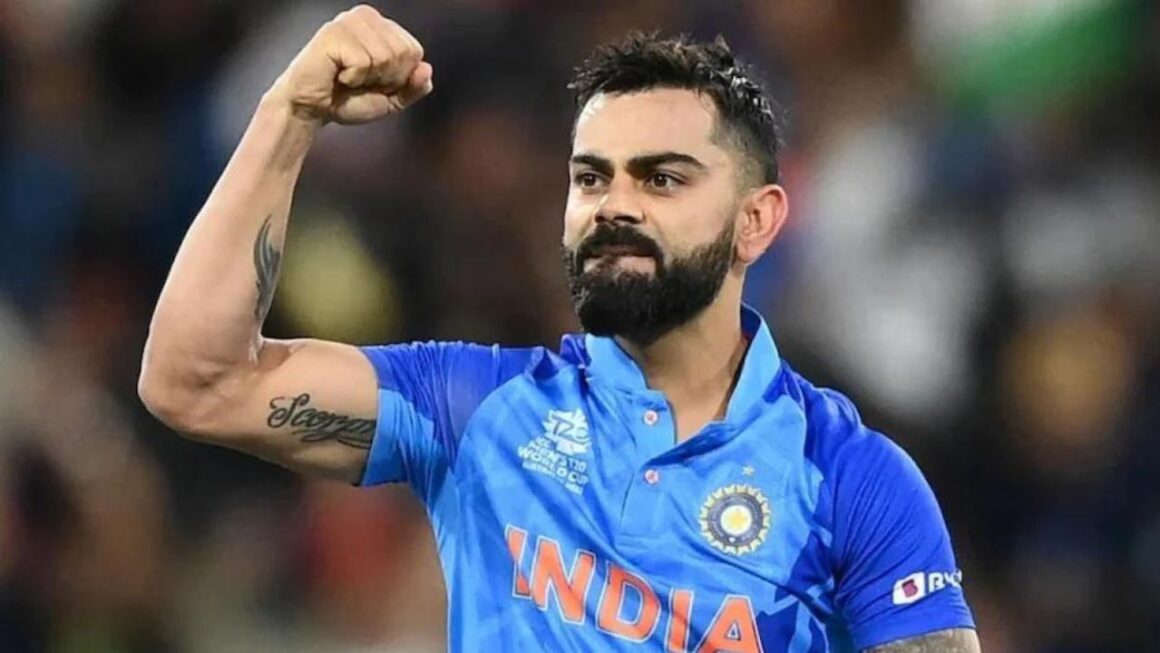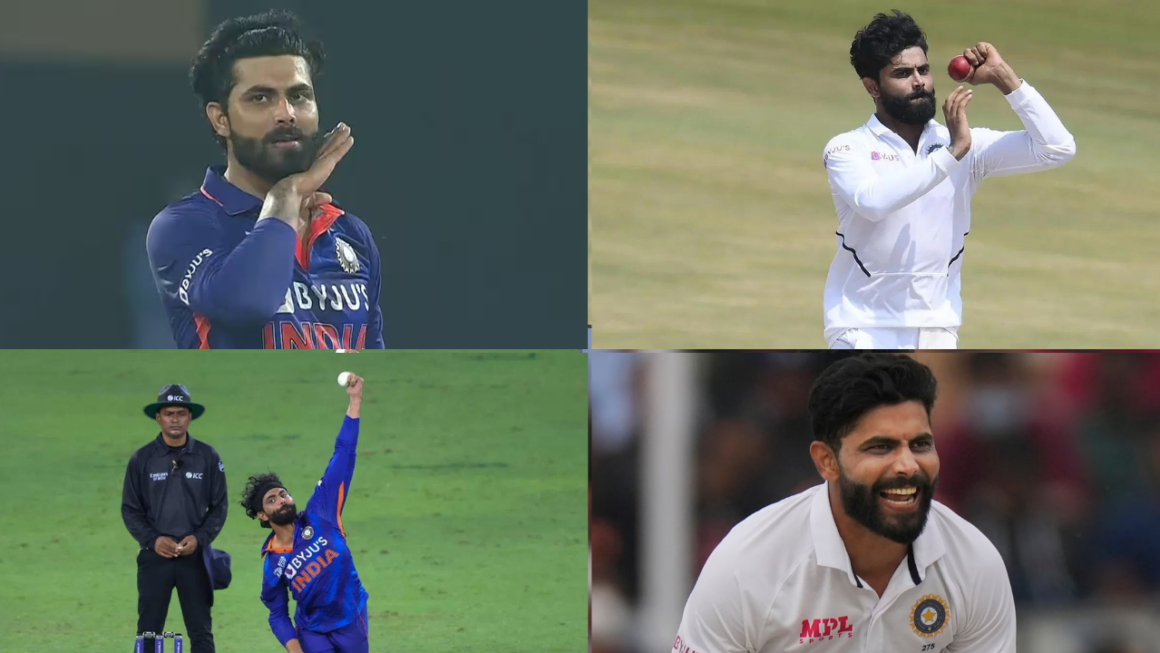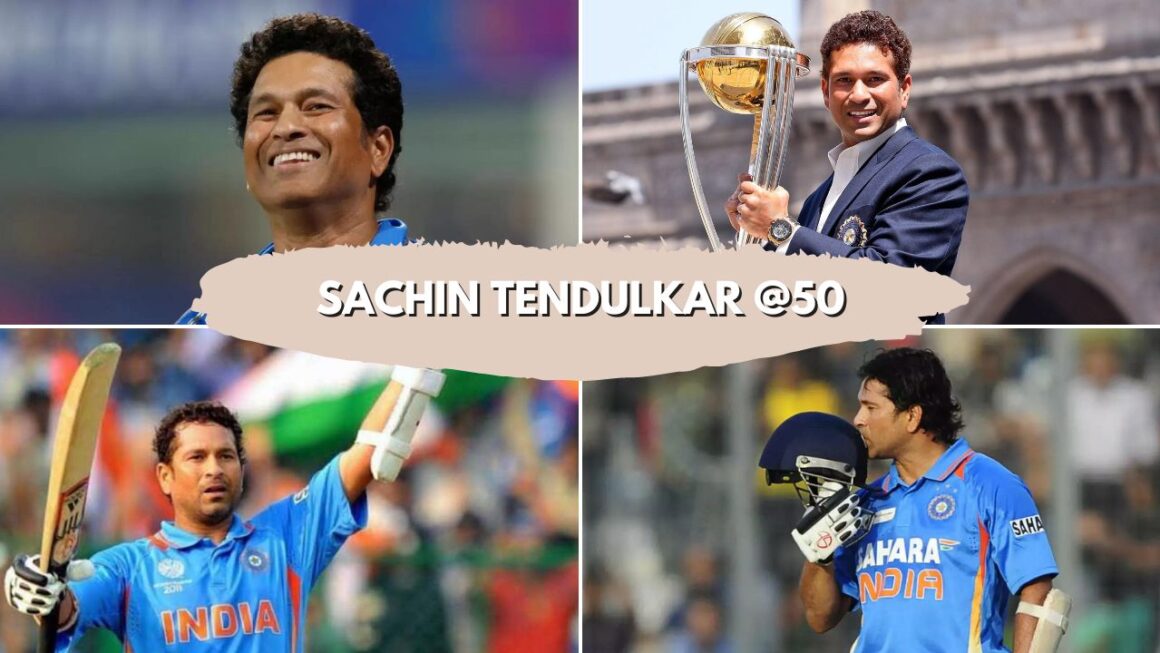Football, like many other sports, has been greatly impacted by technology in recent years. From video analysis and data tracking to goal-line technology and VAR, technology has revolutionized the way the game is played, coached, and officiated.
In this article, we will explore the impact of technology on football and how it has changed the sport in various ways.
The Impact of Technology on Football
1. Video Analysis and Data Tracking
One of the most significant ways that technology has impacted football is through the use of video analysis and data tracking. Coaches and players now have access to a wealth of data and statistics that can help them make more informed decisions and improve their performance on the pitch.
Teams use video analysis software to analyze footage of their own games as well as their opponents’ games, studying everything from individual player movements to team formations and tactical approaches. This allows them to identify areas for improvement and develop strategies to counter their opponents’ playing styles.
Data tracking tools are also used to monitor players’ physical performance, such as their heart rate, distance covered, and speed. This data can be used to tailor training programs and help players optimize their performance on the pitch.
2. Goal-Line Technology
One of the most controversial aspects of football has always been decisions around goals and whether the ball has crossed the line. In the past, referees would rely on their own judgement or that of the assistant referees to make these decisions, which could sometimes be inaccurate.
Goal-line technology was introduced in 2012 to address this issue, using a system of cameras and sensors to determine whether the ball has crossed the goal line. This has helped to eliminate disputes over goals and ensure fair play.
3. VAR (Video Assistant Referee)
VAR is another technology that has been introduced to football in recent years. This system uses video footage to help referees make decisions on key moments in the game, such as penalties, red cards, and goals.
While VAR has been controversial and criticized by some fans and players, it has also helped to eliminate errors and ensure fair play. It allows referees to review footage of key moments and make more informed decisions, which can have a significant impact on the outcome of a game.
4. Communication and Broadcasting
Technology has also had a significant impact on the way football is communicated and broadcast to fans around the world. With the rise of social media and streaming platforms, fans can now watch games live from anywhere in the world and interact with other fans and players in real time.
Read Also: Top Cricket Stadiums in the World: A Guide to the Best Venues
Social media platforms like Twitter and Instagram have also provided a new way for fans to connect with their favourite players and teams, allowing them to get an inside look at their lives both on and off the pitch.
FAQs
FAQ1. What is VAR technology on football, and how does it work?
Answer: VAR stands for Video Assistant Referee. It’s a technology that helps match officials make more accurate decisions. It involves a team of referees and video analysts reviewing on-field decisions through video footage.
FAQ2. How are goal-line technology systems used in football matches?
Answer: Goal-line technology uses cameras and sensors to determine whether the ball has crossed the goal line. When the entire ball crosses the line, a signal is sent to the referee’s watch, confirming a goal.
FAQ3. What is the purpose of player tracking technology on football?
Answer: Player tracking technology uses GPS and sensors to monitor players’ movements, providing valuable data on distance covered, speed, and other performance metrics to help teams optimize player performance and reduce the risk of injury.
FAQ4. How is virtual reality (VR) being used in football training and preparation?
Answer: VR is used in football for training and game analysis. Players can practice scenarios and review plays in a virtual environment, helping them improve their decision-making and tactical skills.
FAQ5. What role do wearable devices play in football?
Answer: Wearable devices such as smartwatches and fitness trackers help players monitor their heart rate, distance covered, and other vital statistics during training and matches, enabling them to optimize their performance and recovery.
Conclusion
In conclusion, technology has had a significant impact on football in a variety of ways. From video analysis and data tracking to goal-line technology and VAR, technology has changed the way the game is played, coached, and officiated. As technology continues to advance, it will be interesting to see how it will continue to shape the future of football and other sports.













